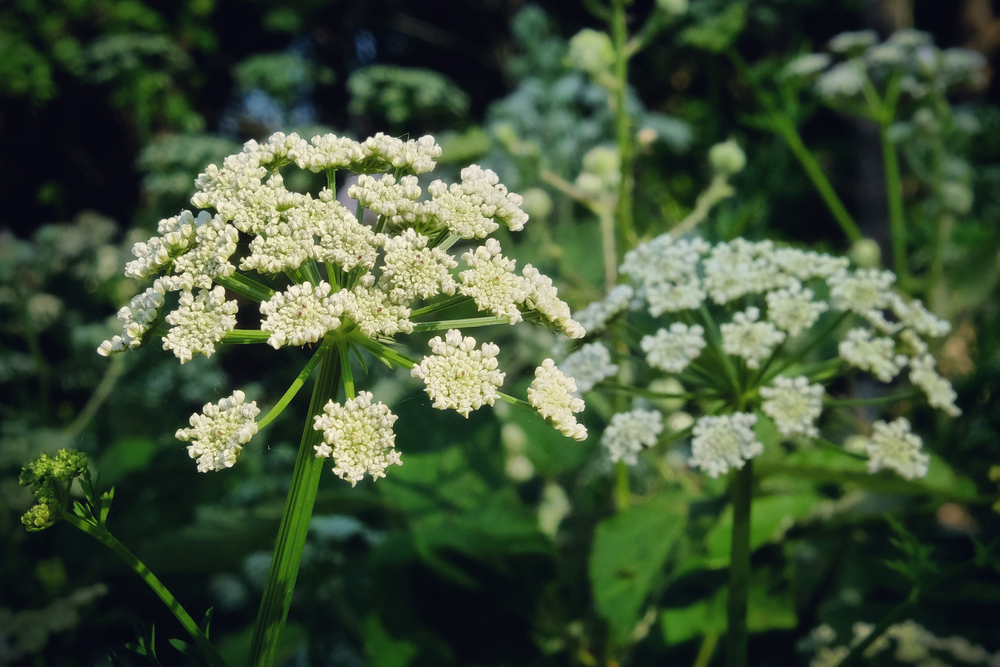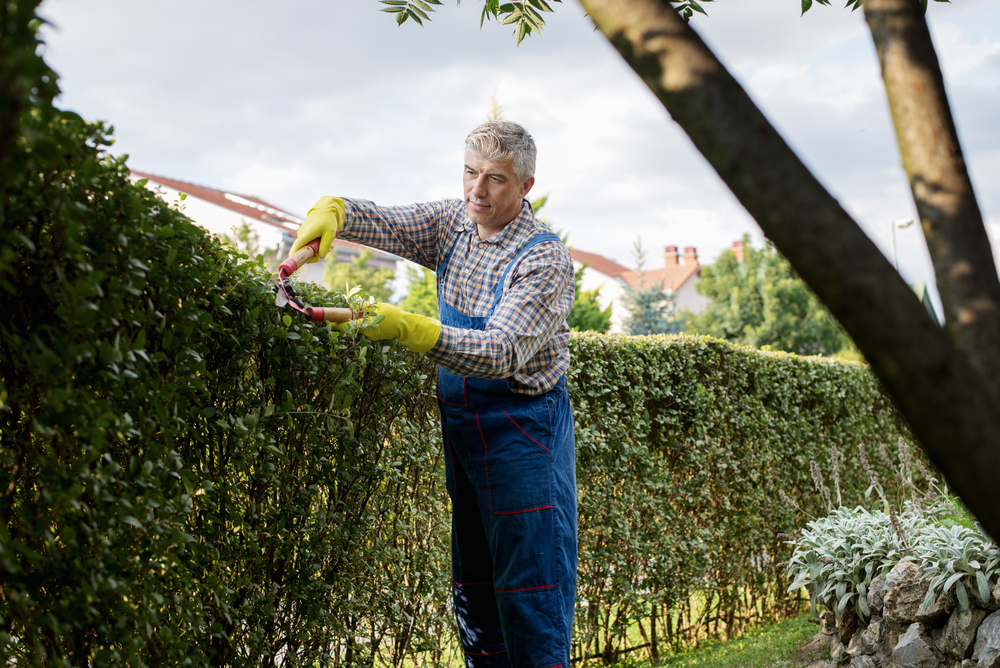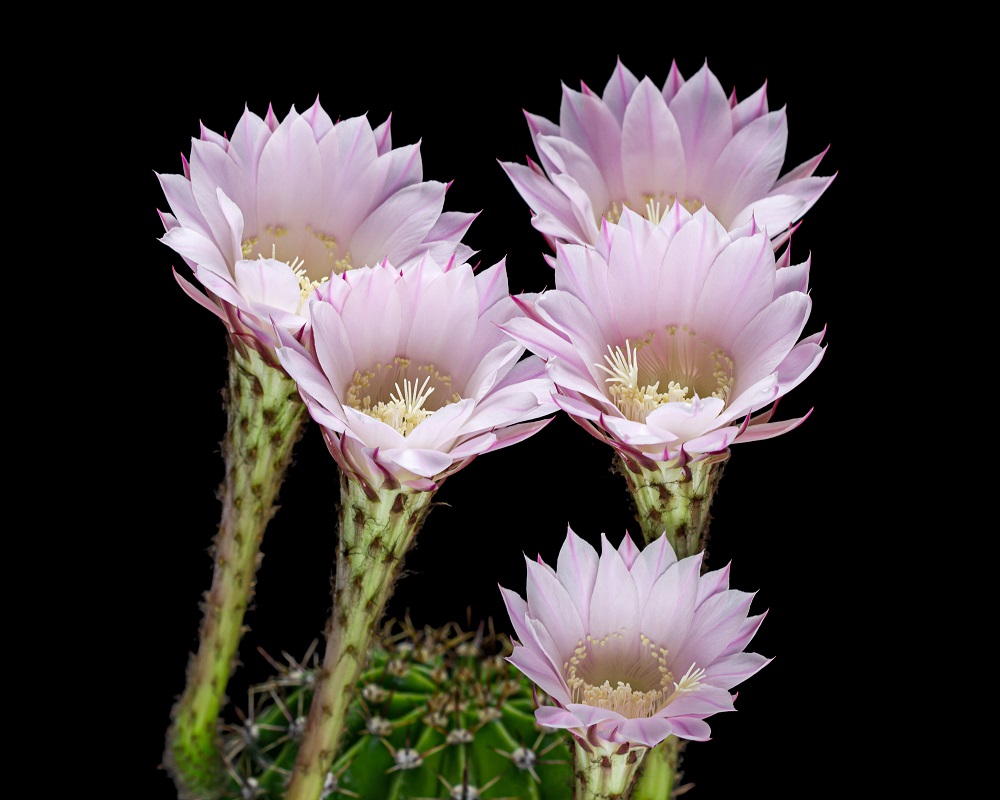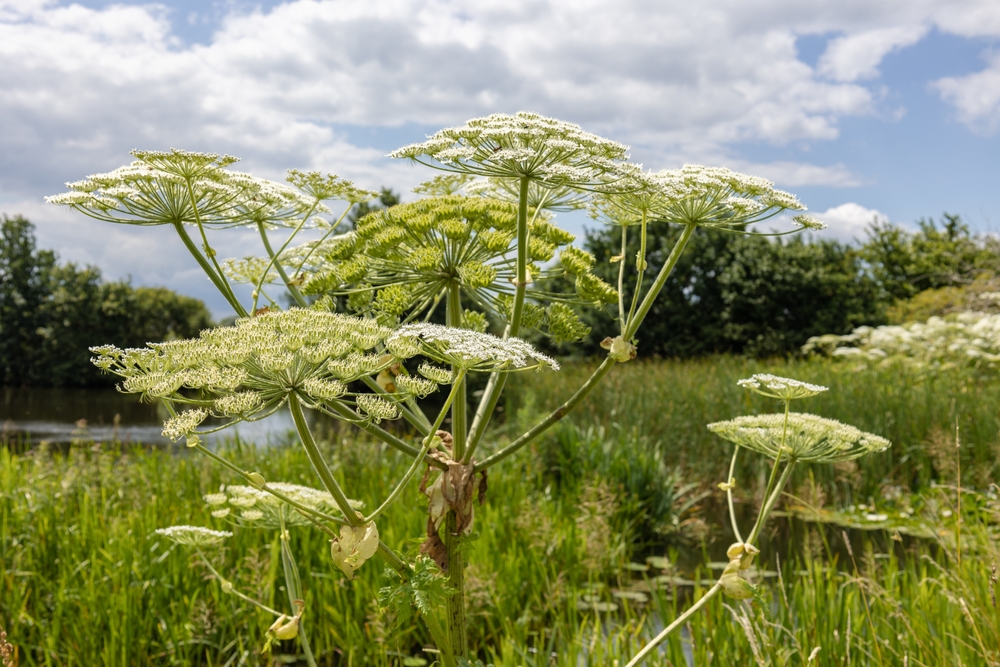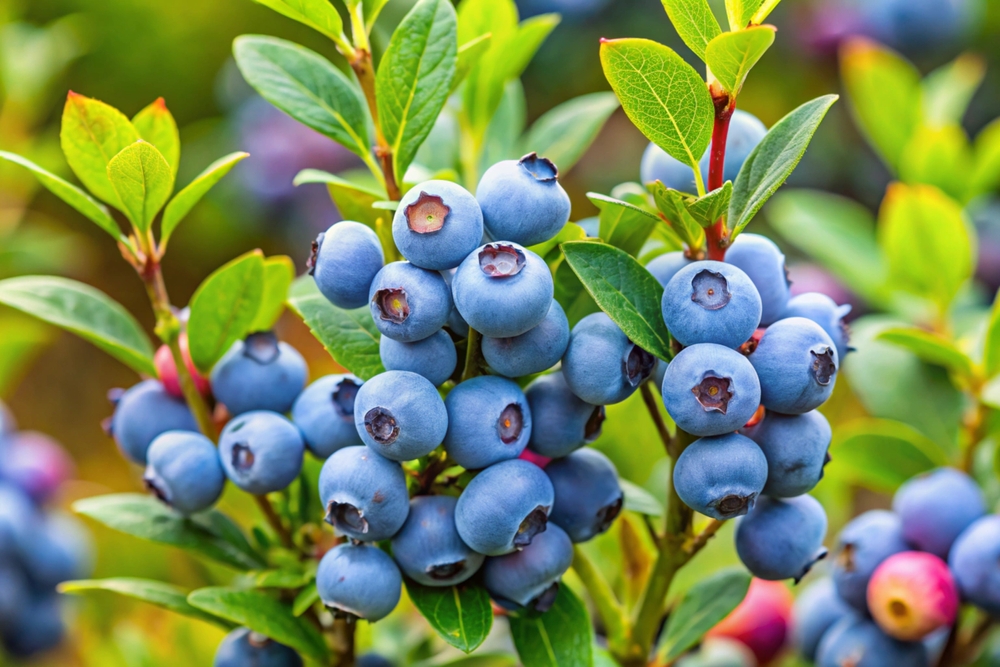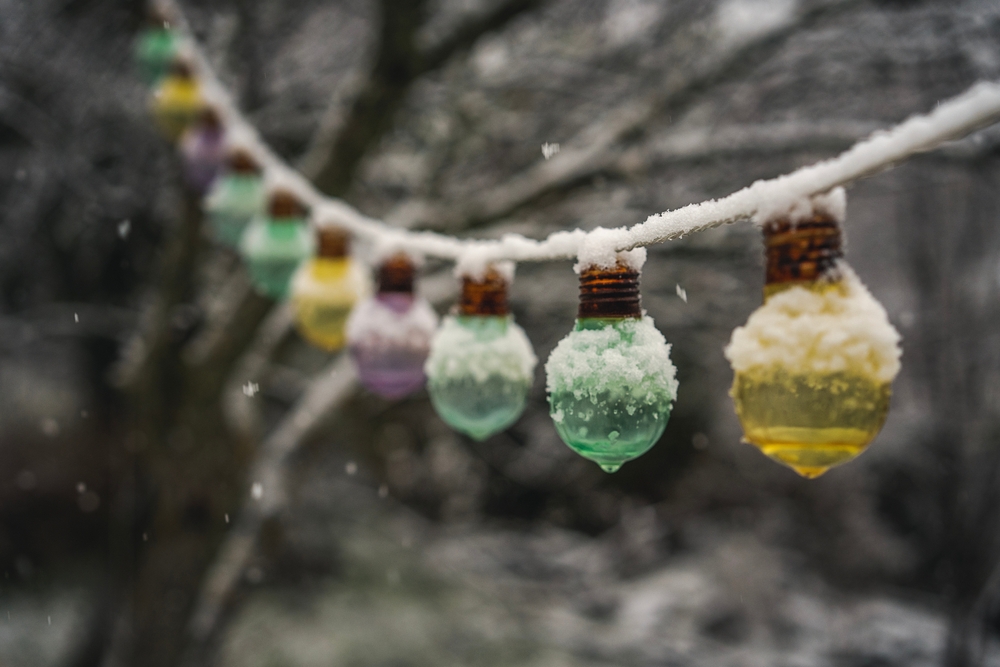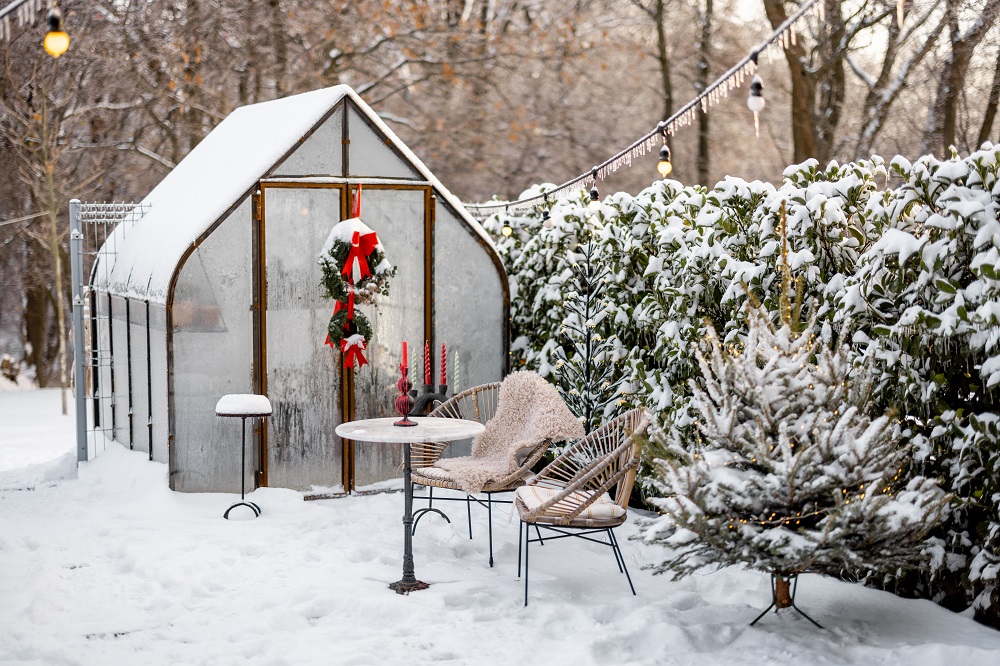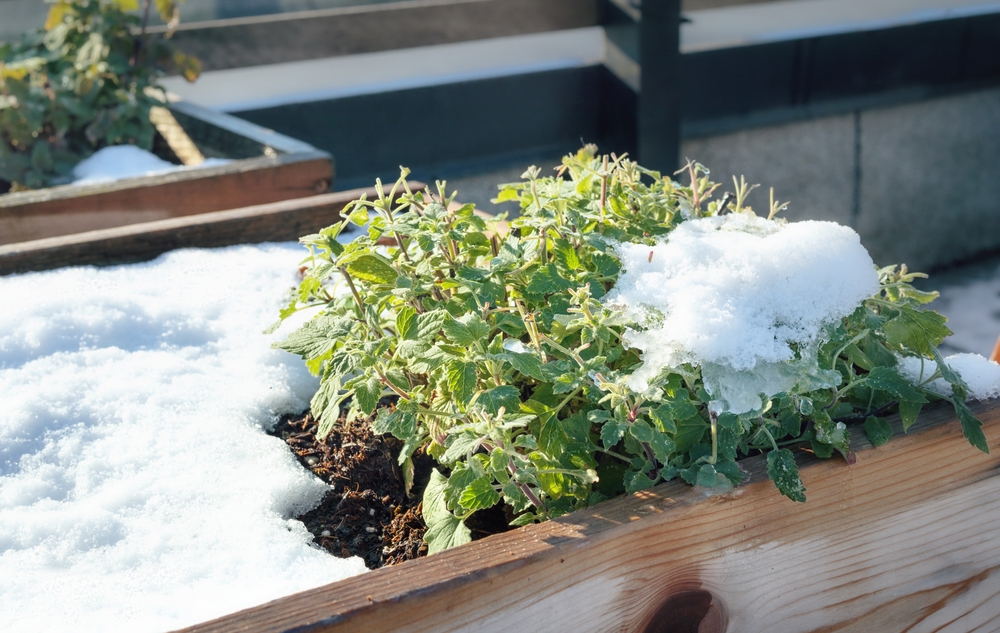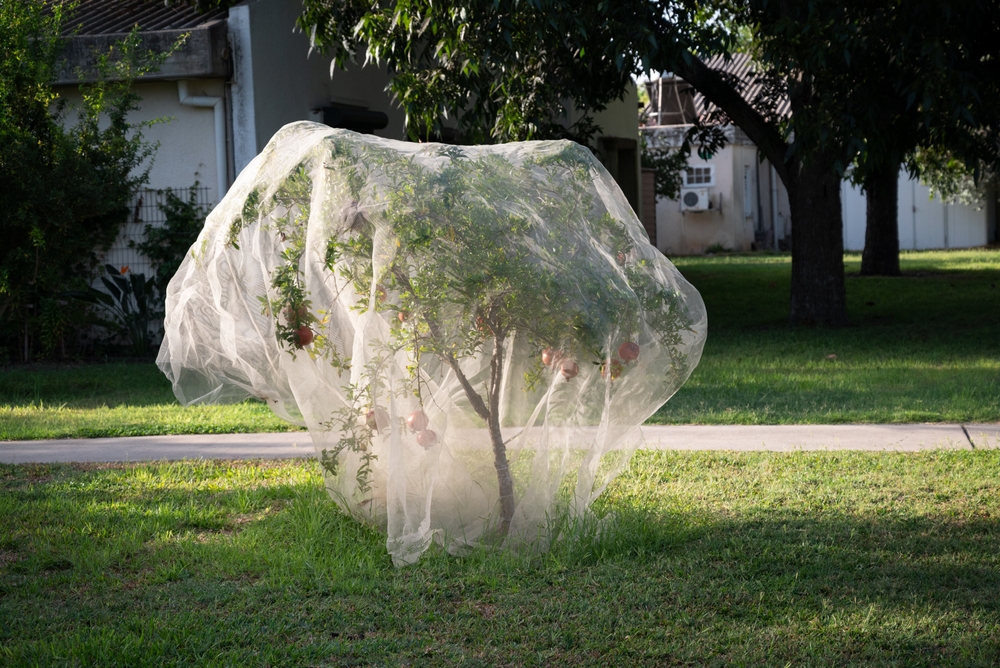Are you a decorating aficionado who always seeks to find new ways to beautify your sanctuary? If you want to give your home a contemporary touch and wonder if there’s any way to do so without spending too much on a designer piece, we recommend you consider plants with beautiful foliage.
Grab your keys and your wallet and head to a trusted florist, because we will tell you what to look for. Today, we are going to unpack an impressive selection of shrubs and plants with graphic foliage. The overall cost will leave you feeling hopeful for the future because it will effectively give your living room a makeover and expand your collection of plants.
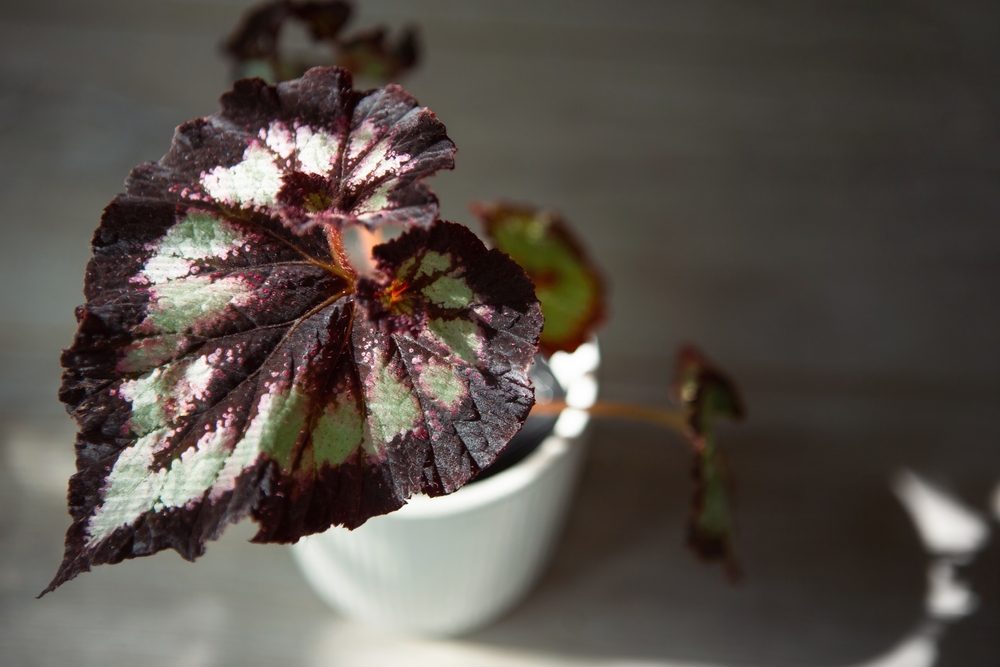
Begonia rex
Begonia rex are known for their impressive yet very graphic foliage. It’s quite hard to pick between the contrast of green and black on the leaves of any Begonia ‘Beleaf’ and the soft yet tasteful pink with pale green on the limbs of Begonia ‘Maui Sunset’.
The colorful foliage of any Royal Begonia out there needs to be earned, as crazy as it sounds. Given the fact that the plant is quite fragile, it doesn’t easily tolerate excess water. If you want to avoid killing yours, you should wait for the substrate to fully dry out.
As a measurement tactic, you should wait for three centimeters at least. Then, try to water it sparingly, so as not to drown its beautiful and fine roots.
Caladium bicolor
When it comes to this type of caladium, we can only think of white, pink, and green. With its beautiful yet regular patterns that resemble the famous Jackson Pollock-like splashes, any plant lover should strive to have one at home.
There are two-tone Caladiums to suit every particular taste out there, which is quite comforting to know. However, they all share the same delicacy, which definitely gives their foliage an unreal, ethereal air.
Unfortunately, you can’t quite decorate your apartment all year round with Caladiums. In autumn and winter at least, these plants go dormant. All that’s left of them are the bulbs, which you might have to keep dry and out of the sun.
Mother-in-law’s tongue (sansevieria trifasciata)
I don’t know about you, but if I see mother-in-law’s tongues everywhere I go, I tend to forget how graphic and designer-like these plants are. Their pretty long green leaves with yellow margins bring plenty of color and verticality to both bright spaces and dark corners alike.
Sansevieria trifasciata should also be known for other aspects: it’s quite indestructible. What do I mean by that? Well, it survives in the shade and with very little water. However, that shouldn’t mean that you can neglect it. In fact, we’d advise you to search for plant apps that are specifically made to help you maintain and ensure optimal growing conditions.
Monstera variegata
A classic piece of any modern and minimalist interior, Monstera deliciosa is widely available in any version. Moreover, it can easily unpack any type of graphic foliage you can think of, in the form of monster deliciosa variegata.
It has perforated green blades that are marked by white variegations. It’s astounding. As time goes by, dust might accumulate on the leaves, and that’s why we’d advise you to clean them with a soft, clean, and damp cloth.
In this way, the plant will be able to get in contact with more light and you will also be able to take full advantage of its diverse variegation. Trust me, there’s no monster owner who’s not proud of it. It’s simply that beautiful.
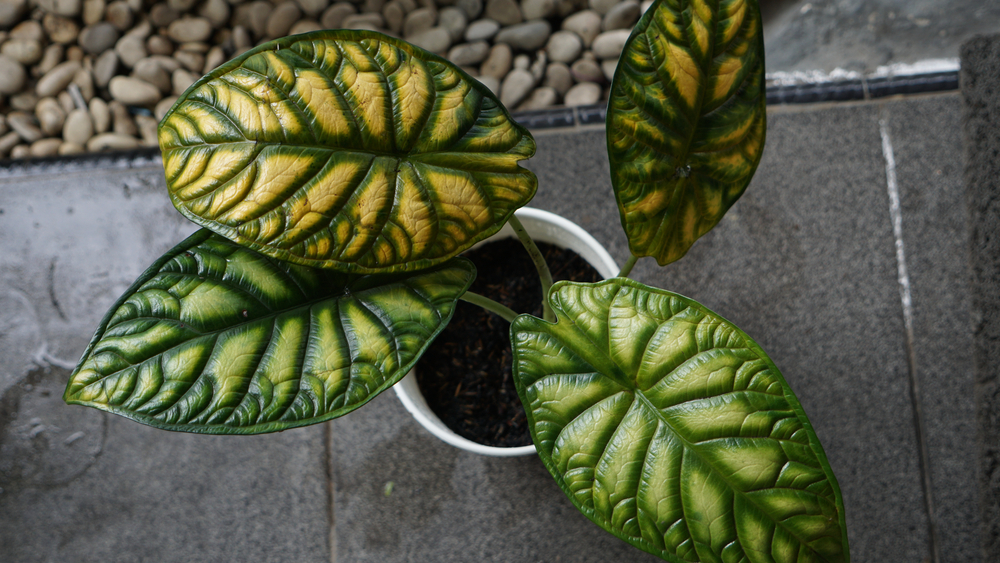
Alocasia cuprea
Alocasia Cuprea’s metallic limbs are the real MVP, so to speak. Whether it’s bronze, copper, or silver, they can easily transform the plant into a beautiful sculpture with precious accents. Alocasia plants are generally best reserved for experienced gardeners.
They also require the right amount of watering, humidity, and sunlight. This variety also appreciates indirect light for many hours a day in cooler weather, so that’s something definitely worth taking into consideration.
It will generally do best behind an east or west-facing window, but definitely not in the shade. Just a couple of tips that will help you become the best alocasia parent, you’re welcome.
Syngonium wendlandii
For anyone who’s deeply in love with green leaves with white veins but simply can’t keep an Alocasia alive, we have the ideal solution for you: syngonium wendlandii. This beautiful climbing plant packs these velvety, bicolored leaf blades that are simply spectacular, to say the least.
But, it’s also worth noting that Syngonium wnedlandii is way simpler to grow than you’d originally think. It requires proper watering when the substrate is dry on the surface, but also forgives oversights and excesses. As long as you don’t overdo it, you’re good to go with it.
Calathea orbifolia (goeppertia orbifolia)
The leaves of this interesting plant, calathea orbifolia, can measure up to 30 centimeters in diameter. However, their size isn’t exactly the first thing you might notice, which makes it even more interesting.
Calathea will impress you with its light green, but it’s not just any green: it has accents of dark tones with silvery streaks. What a beauty! Goeppertia orbifolia is quite slow-growing, so don’t get your hopes up too soon that you’ll have a dinosaur of a plant. Patience, my love. But if you desire an impressive houseplant from scratch, you might as well get a mature specimens.
Philodendron ‘pink princess
Every single leaf of Philodendron ‘pink princess’ is simply unique. The pink and green helps them boast a brand new pattern every single time, which is even more impressive. Some blades are completely green with only a few spots of pink here and there, while others are mottled, zebra, or even two-toned.
Philodendron’s pink princess vines can grow as much as two meters long. They can also be pruned in spring with clean pruning shears. You can easily pinch the ends of the stems, too. This will force the plant to branch out and help maintain a compact habit.
Aglaonema commutatum
Considering that it looks like this, it’s really no wonder that Aglaonema commutatum was picked by Luc Besson to accompany the heroes of the film Leon. In the wild, this botanical variety sports an impressive green foliage.
However, it’s worth noting that some cultivars might go wild with pink and silver leaves. Our favorite one, however, is aglaonema ‘Lady Valentine’, with its green limbs splashed all around with a sensational pink.
This plant is not only graphic, but it’s also easy to care for and well-suited to dark interiors. Aglaonema commutatum is close to perfect as a plant. The only drawback is that it’s toxic if animals ingest it. You can keep yours out of reach of your dog and cat. In fact, we’d strongly advise you to.
Calathea ornata (goeppertia ornata)
These delicate pale pink lines that you will spot on the foliage of any Calathea ornata will give the impression of being painted by a patient but somehow obsessive artist. However, it’s worth saying that they easily brighten up the deep green of the limbs.
Goeppertia ornata is a beautiful, one-of-a-kind tropical variety, native to South American forests. It requires high humidity levels to thrive properly. You can either mist it or, better yet, place it in the shade of the other plants in your collection.
Begonia maculata ‘Wightii
Here’s yet another plant that seems to grow straight from a painter’s imagination. Yes, we are talking about Begonia maculata ‘wightii’. It has beautiful green leaves studded with white or silver dots that can easily resemble a painting by Seurat or a work by Yayoi Kusama.
If you keep it indoors, you’ll notice that Begonia maculata can be easily attacked by scale insects. If you notice any pests on your plant, try to remove them with a cotton bud soaked in alcohol. It should effectively remove any intruders!
Anthurium clarinervium
This particular species of anthurium is not specifically adored for its flowers, but more so for its velvety and cordate foliage. If you closely marvel at its dark-green, sharply-veined leaves, you truly are in for quite a treat.
As soon as they pop up, the young blades are golden with white veins. To fully encourage the growth of your Anthurium clarinervium, we recommend you fertilize it with a green plant fertilizer between March and early autumn. Then, we’d also suggest you take a look at the manufacturer’s recommended doses on the packaging to avoid damaging the foliage.
Misery (tradescantia zebrina)
Wow, I didn’t know they named a plant after me! Well, isn’t that impressive? Just kidding (or not). The foliage of Tradescantia zebrina combines color and pattern in a fascinating way. Dark green and violet blades are nicely criss-crossed with silver lines.
Tradescantia zebrina stems generally tend to wither as time goes by. If you want to keep a well-stocked plant, you can renew it by taking its cuttings. Just cut off the end of a stem and replant it in a free weekend, either in the same pot or in a brand-new one. It works every single time, especially if you do it in spring and keep the soil moist.
Cissus discolor
The Cissus discolor, with its green limbs and silvery-purple reverse, could be easily mistaken either for a Calathea or Begonia rex. This plant thrives if you grow it indoors, and it belongs to the Vitaceae family, coming all the way from southern Asia.
Cissus discolor loves a humid atmosphere, but not too much water. Try to place your little creeper in the kitchen or bathroom and make sure you only water it when the soil is thoroughly dry.
Crassula “Buddha’s Temple”
So here’s an interesting take: you can actually be a graphic plant and have complete monochrome foliage. For instance, the leaves of Crassula ‘Buddha’s Temple’ are plain green. However, their arrangement makes them nothing less than a curiosity.
The leaf blades are fully interlocked, forming a nicely geometric-looking column. It’s also worth remembering that your crassula ‘Buddha’s temple’ won’t grow over 30 centimeters high. As soon as it matures, you need to keep repotting it every two years in a perforated pot to fully provide it with new, nutrient-rich soil.
Croton (codiaeum variegatum)
Graphic doesn’t automatically mean minimalist or uncluttered. If you truly want a colorful houseplant, you should get a Croton. Depending on its kind, you can easily choose from green, yellow, pink, orange, and purple. Some leaves also pack a veritable rainbow, nicely combining all those shades.
In nature, crotons generally grow in tropical zones. As for indoors, when the air gets too dry, the leaves of a Croton might turn yellow and fall off. To prevent this, you can place your pot on a saucer filled with moist clay balls.
Maranta leuconeura fascinator
There’s simply something hypnotic about the intricate foliage of a Maranta leuconeura fascinator. As soon as you have started to contemplate them, it’s actually extremely hard to take your eyes off these bright green leaves with their yellow and red lines.
Maranta leuconeura fascinator is a praying plant (which only makes me love it even more). You might notice that every evening, it folds up with its limbs two by two, just like a pair of hands clasped in prayer. In the morning, it unfurls them again.
Ficus elastic ‘Tineke
In all fairness, I don’t know who can resist the green leaves enhanced with such a pleasing cream and pink that you can only find on a ficus elastic ‘tineke. In only a couple of years, they have conquered our interiors, as well as our Pinterest boards.
If you notice that your shrub lost a couple of leaves since you brought it home, you shouldn’t fret. Like many other plants, ficus hates change (and like many of us, why lie about it?) You can set yours behind a window, away from difficult draughts and direct sunlight. Also, we’d advise you not to move it again, as the massacre should stop after a couple of days.
Jewel orchid (ludisia discolor)
Ludisia discolor will easily win you with its white and yellow flowers, which look quite dull compared to its foliage. Whether they’re pink, yellow, beige, or orange, their veins run across the deep green and purple blades.
You probably didn’t know this, but the plant is a terrestrial orchid, which means it requires rich, well-drained soil. You can use potting soil for green plants with a bit of perlite. You can also prepare your own substrate by mixing some peat moss, perlite, pine bark and leaf compost.
Macodes petola
Do you prefer emeralds to rubies? Well, macodes petola is probably exactly what you’ve been looking for. It comes with an impressive set of golden veins winding through bright green foliage that give the jewel orchid a unique and graphic allure.
To effectively stimulate foliage growth and flowering, we’d advise you to get a special orchid fertilizer for the watering solution in spring and summer.
Peperomia clusiifolia
This is my favorite one yet. If you think the plain dark-green leaves hemmed in dark red of a peperomia clusiifolia are too boring to be enlisted here, well, think again. The ‘jelly’ and ‘ginny’ varieties are definitely here to change your mind.
In these cultivars, the leaf blades easily blend multiple shades of green, with a drop of cream and bright pink or pastel margins. Peperomia clusiifolia isn’t hardy, either. In our latitudes, it’s basically grown in pots and indoors.
When the warm weather comes, you can take your plant out onto your windowsill or even in your garden. You only need to make sure you gradually help it accustom to the sun, so it doesn’t end up with its leaves burned.
The ophelid plant (hypoestes phyllostachya)
Hypoestes phyllostachya is probably the winner of intricate names, so thank God it’s also nicknamed the ephelid plant (which is still quite posh, but it has meaning as well: the scientific name for freckles). With its multitude of dots that adorn the pink, green, and red leaves, it will instantly raise the value of any room by +10000 points.
However, it’s worth noting that the plant requires a lot fo moisture, so don’t hesitate to plant yours in a terrarium, to make sure it has enough humidity.
The ZZ raven plant (zamioculcas zamiifolia ‘raven’)
If you decide to get a black and white decor, then you also need to get yourself a Zamioculcas zamiigolia ‘raven’. Trust me, that’s the plant for you. It has a tough, dark-green, almost black appearance that can perfectly blend with a Nordic living room, as well as a Gothic one.
If you found this article useful, we also recommend checking: 6 Stunning High-Light Plants for the Bright Spots in Your Home

